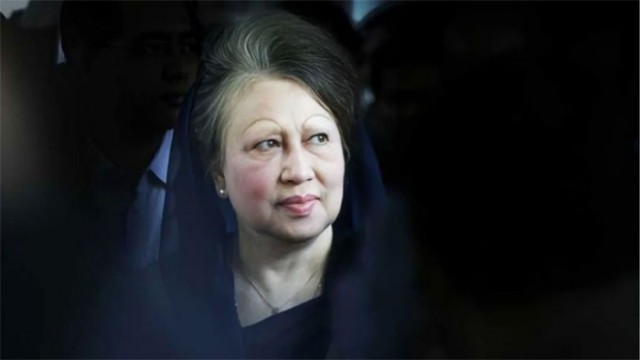In the first quarter, U.S. worker productivity growth decelerated significantly, leading to a notable increase in labor costs, although the productivity trend remained robust.
According to the Labor Department's Bureau of Labor Statistics, nonfarm productivity, which measures hourly output per worker, expanded at a modest annualized rate of 0.3% in the last quarter. This marks a slowdown from the robust 3.5% pace recorded in the October-December period.
Economists surveyed by Reuters had anticipated a higher productivity growth rate of 0.8%.
Year-over-year, productivity advanced by 2.9%, indicating a steady but moderated pace of growth. Economists closely monitor productivity trends to assess the potential for labor costs to rise without fueling inflation. However, both labor costs and inflation surged during the first quarter.
Despite these developments, the Federal Reserve opted to maintain its benchmark overnight interest rate within the 5.25%-5.50% range, where it has remained since July. Fed Chair Jerome Powell noted that recent inflation indicators have not shown significant progress toward the central bank's 2% target.
Since March 2022, the Federal Reserve has raised its policy rate by 525 basis points in response to inflationary pressures.
Unit labor costs, representing the price of labor per single unit of output, surged at a rate of 4.7% in the January-March quarter, contrasting with no change in the prior quarter. On a year-over-year basis, labor costs increased by 1.8%.
Compensation for workers rose sharply, growing at a rate of 5.0% in the last quarter, compared to a 3.5% pace in the preceding quarter. Year-over-year, compensation increased by 4.7%.
These figures indicate a complex economic landscape characterized by slower productivity growth, heightened labor costs, and ongoing inflationary pressures, posing challenges for policymakers in managing the economy effectively.































Comment: